
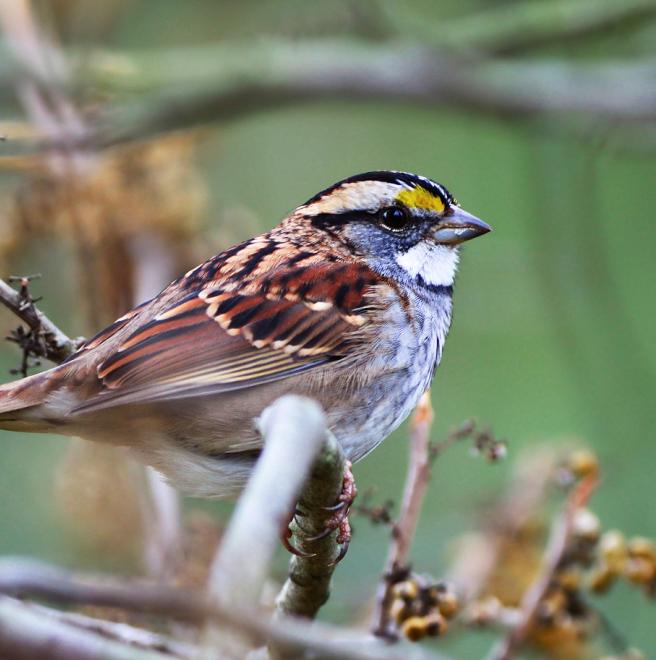
Climate change threatens to disrupt this familiar sparrow in both summer and winter seasons. By 2080, it is projected to lose 73 percent of its current summer range, according to Audubon’s climate models. Expansion potential exists primarily in winter, with the range shifting sharply north. Its breeding range currently mirrors the limits of the great boreal forests. As climates suitable for breeding shift northward, it’s unknown whether appropriate habitats will follow in lock-step.
The White-throated Sparrow is found in a variety of forests in North America. It predominantly breeds in Canada, east of the Rockies, and migrates south to the central and eastern United States for the winter. Both the male and female have grayish-brown bodies with white throat plumage, distinctive white, tan, and gray striping on their crowns, and yellow streaks above their eyes. In the summer this sparrow feasts on abundant insects, but in winter, when insects are scarce, it survives on seeds and fruit. The female builds her intricate nest on the ground with pieces of moss, grass, twigs, pine needles, and wood chips, and then lines it will grasses and deer hair.
Explore more birds threatened by climate change around the country.
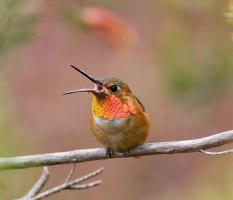
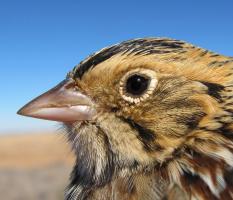
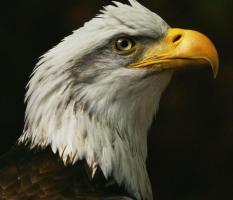
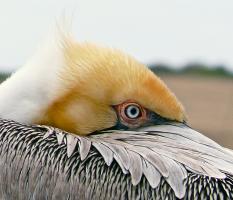

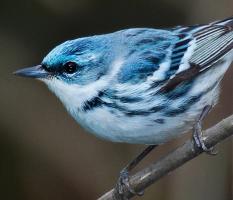
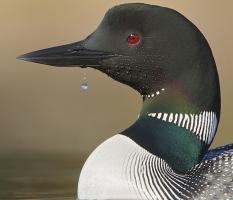
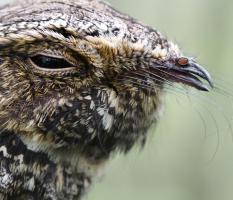





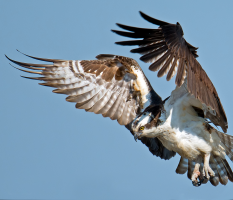
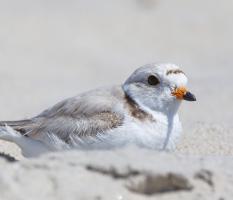

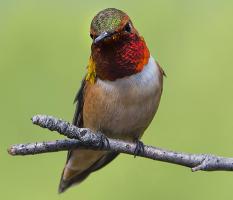

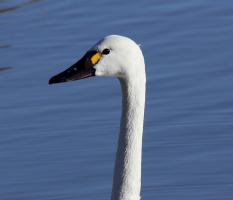
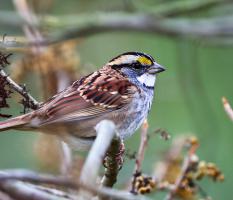

It's easier than you think to make a difference. Become an Audubon member today to help birds facing climate change.